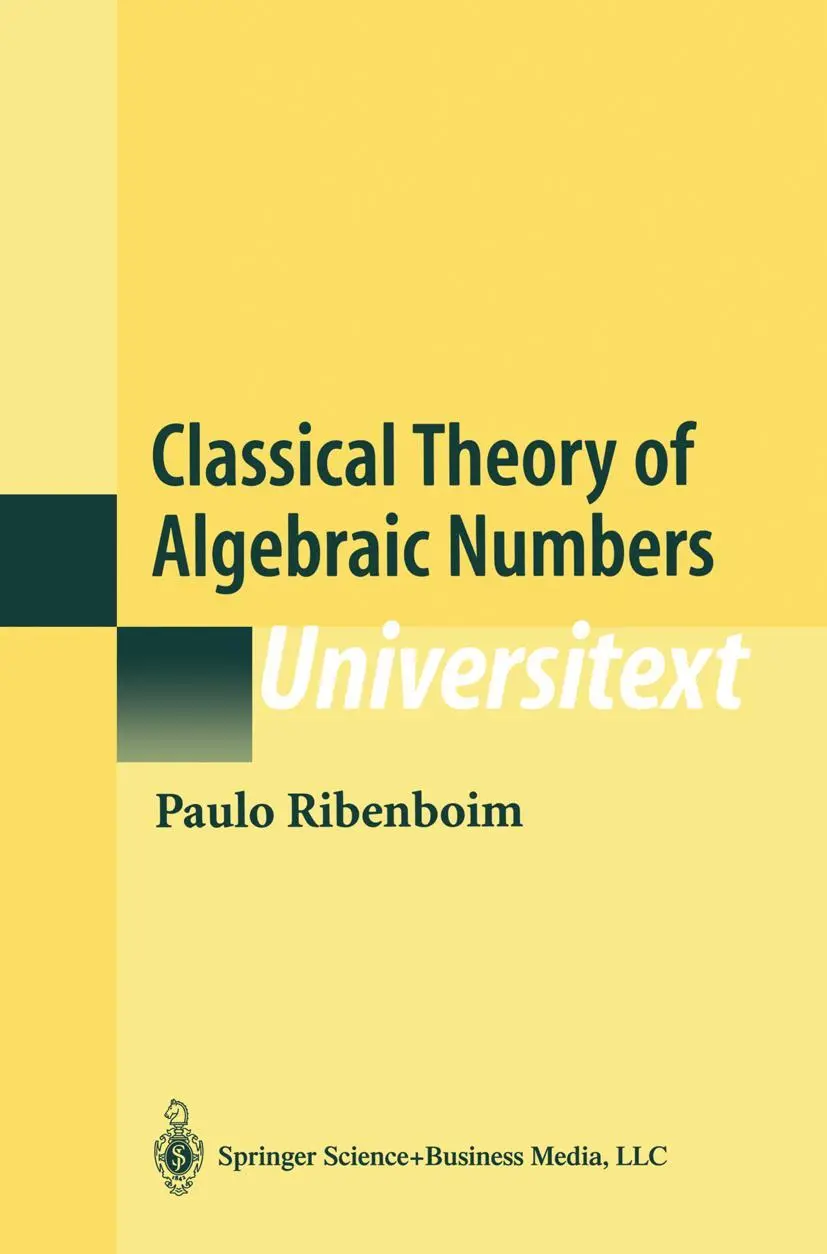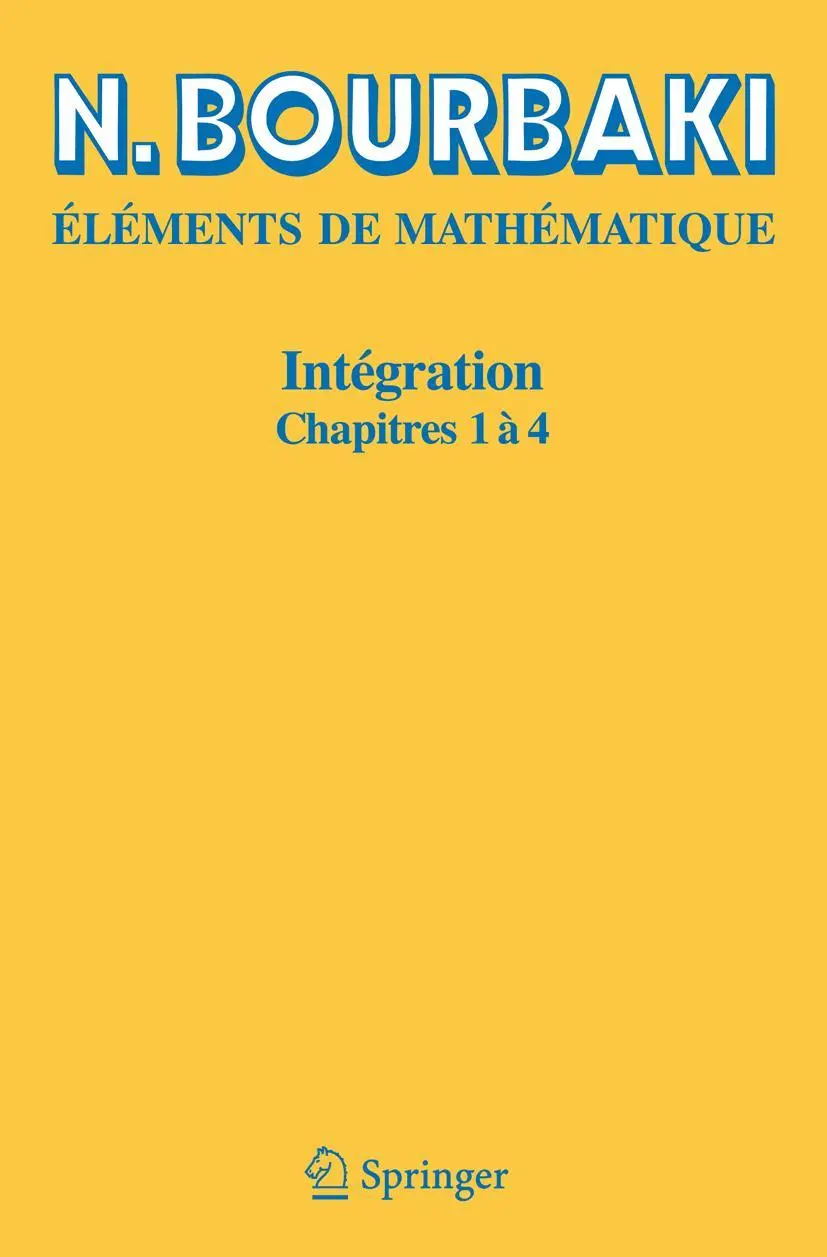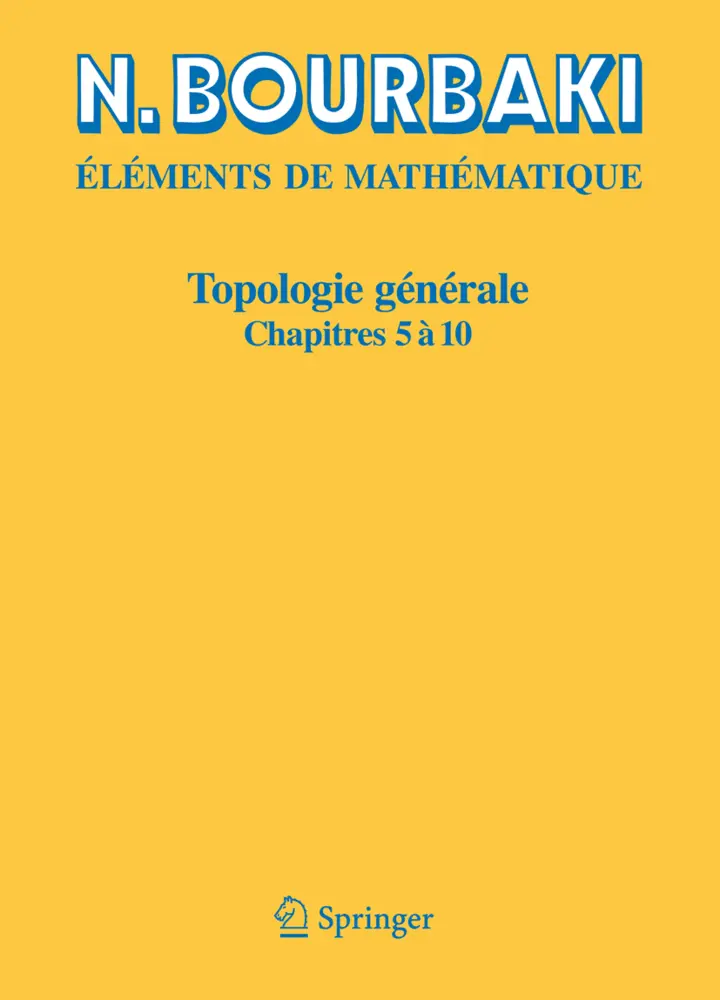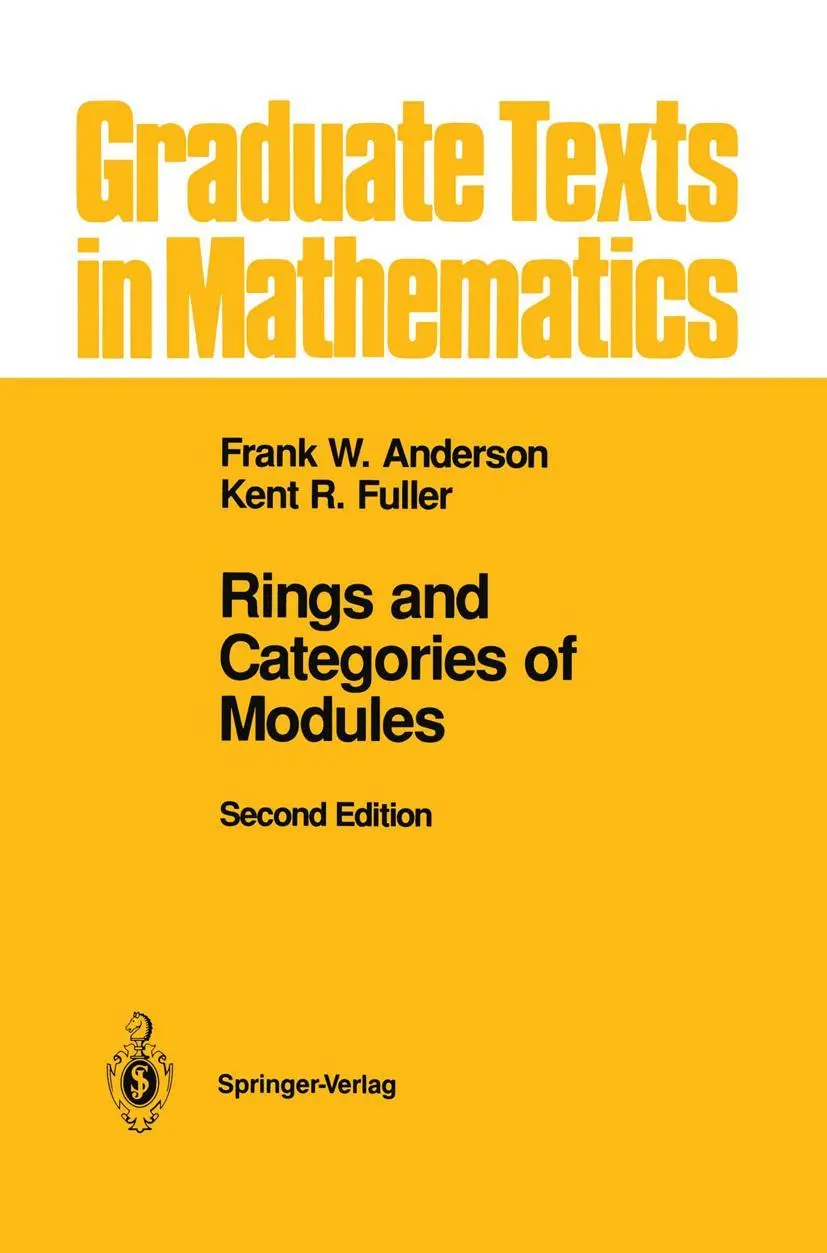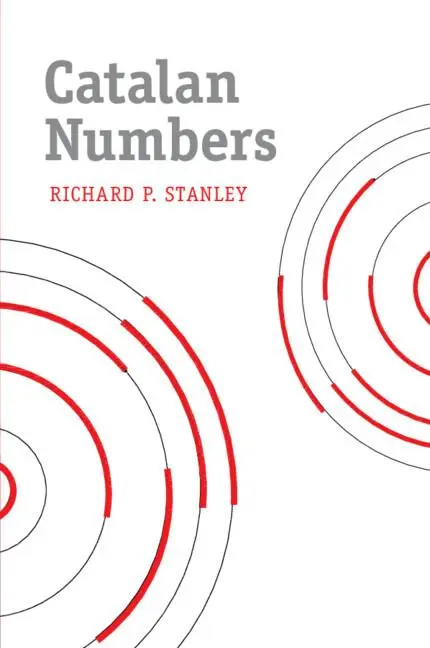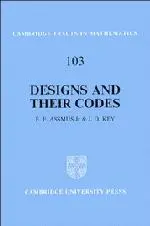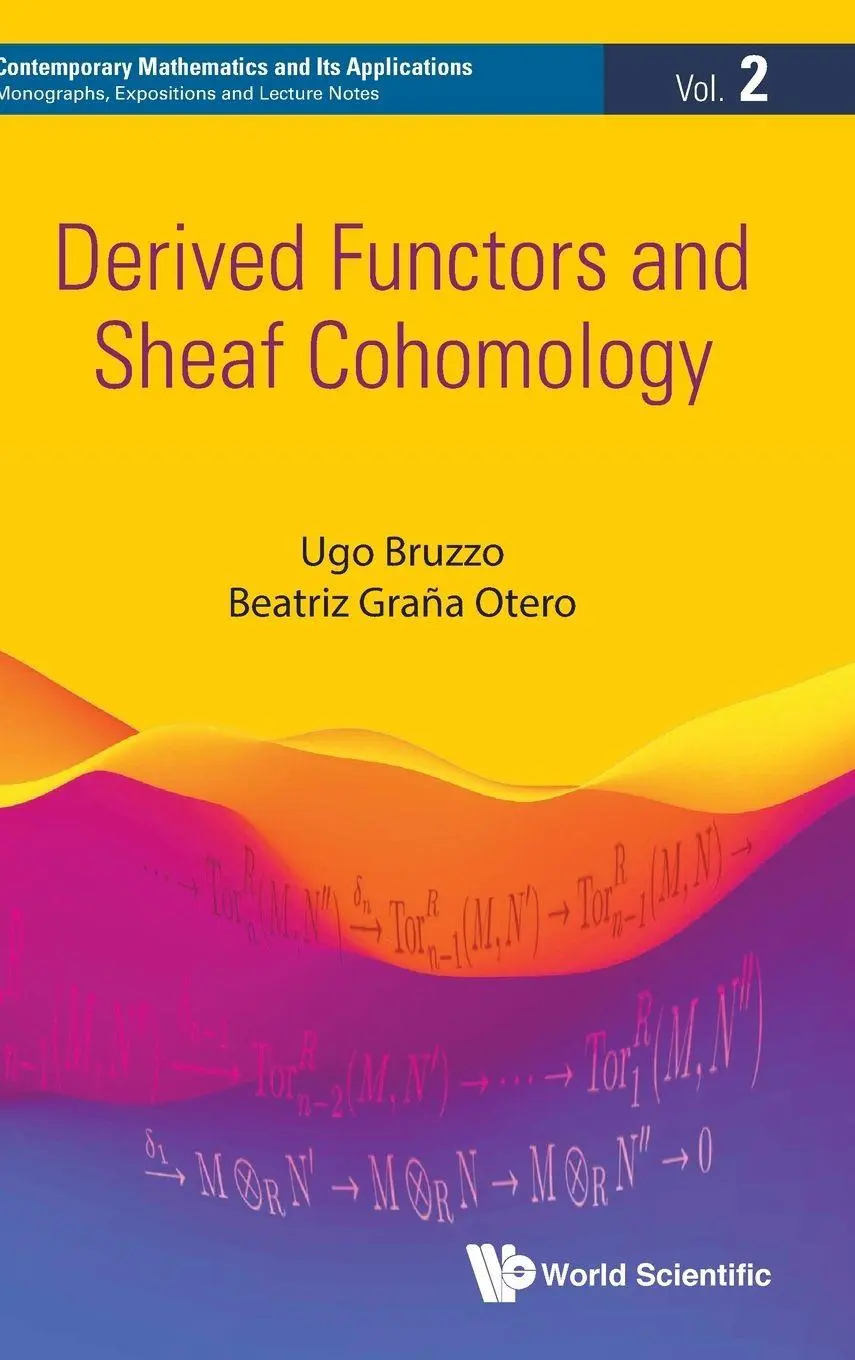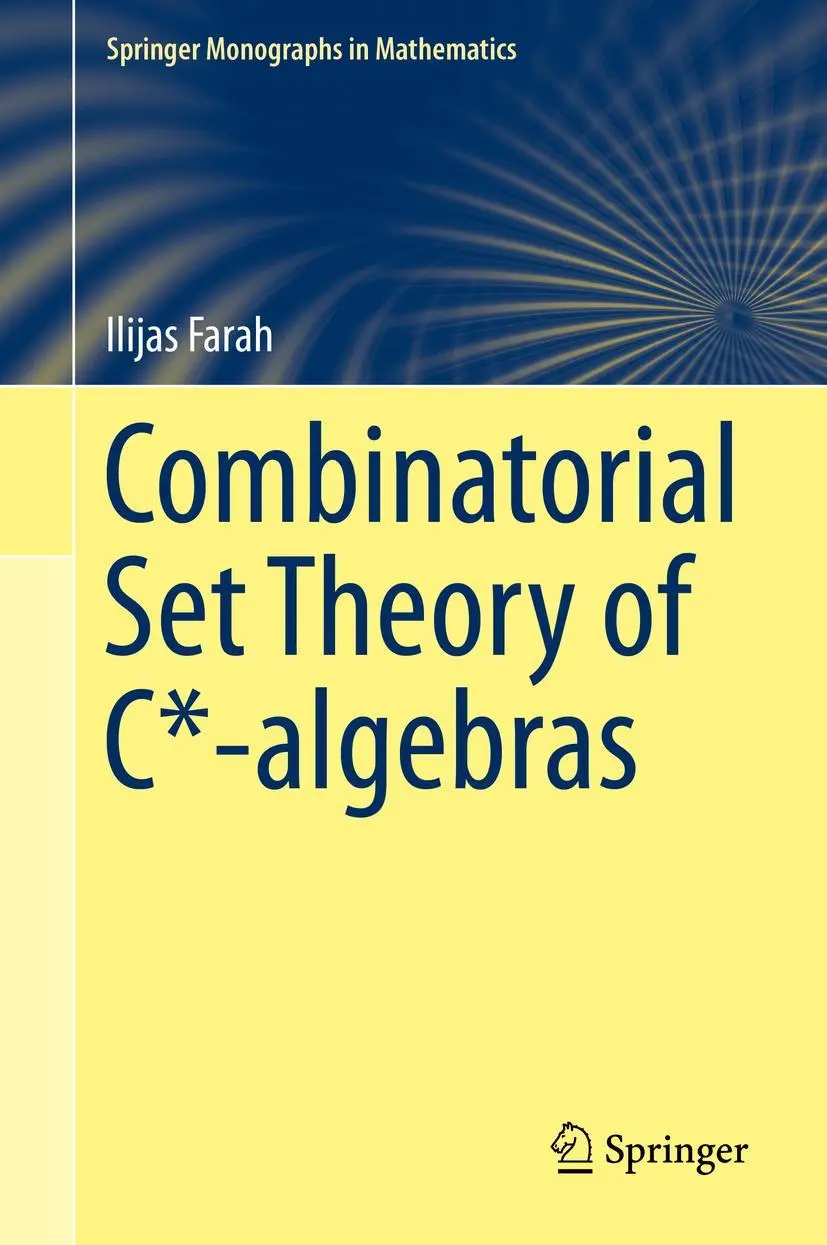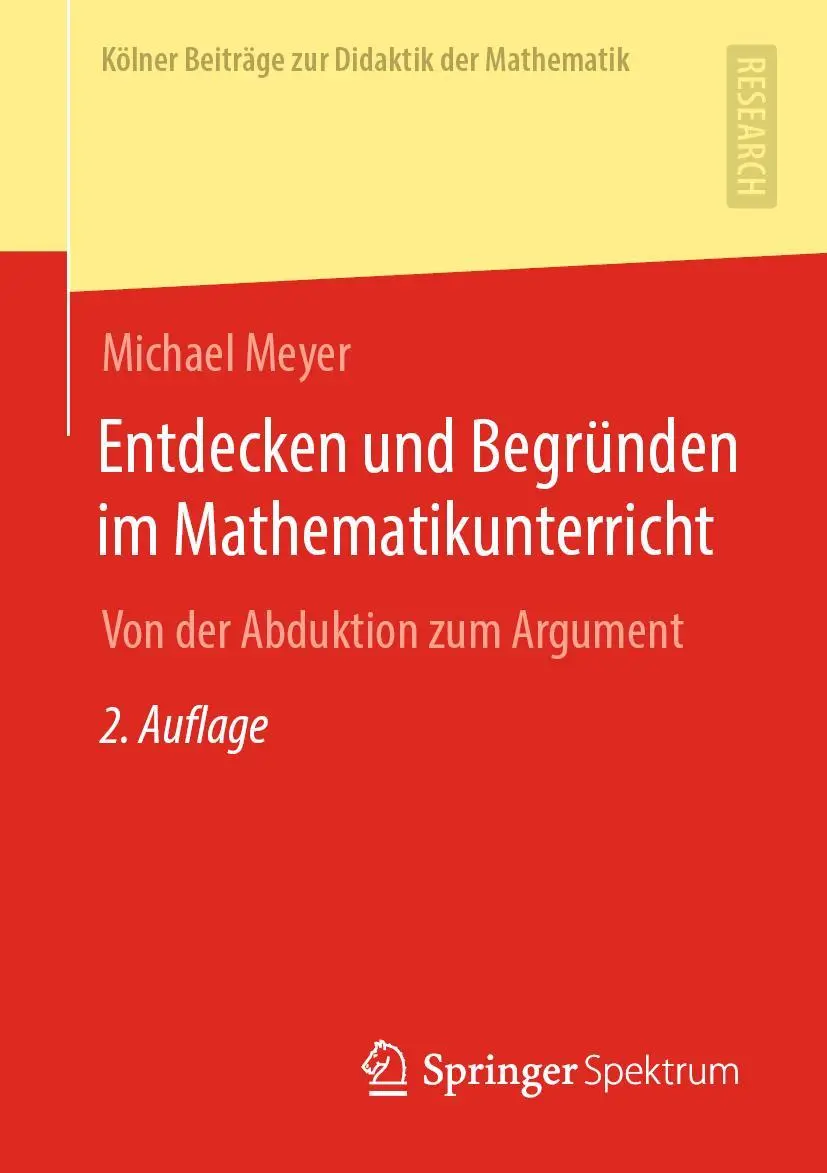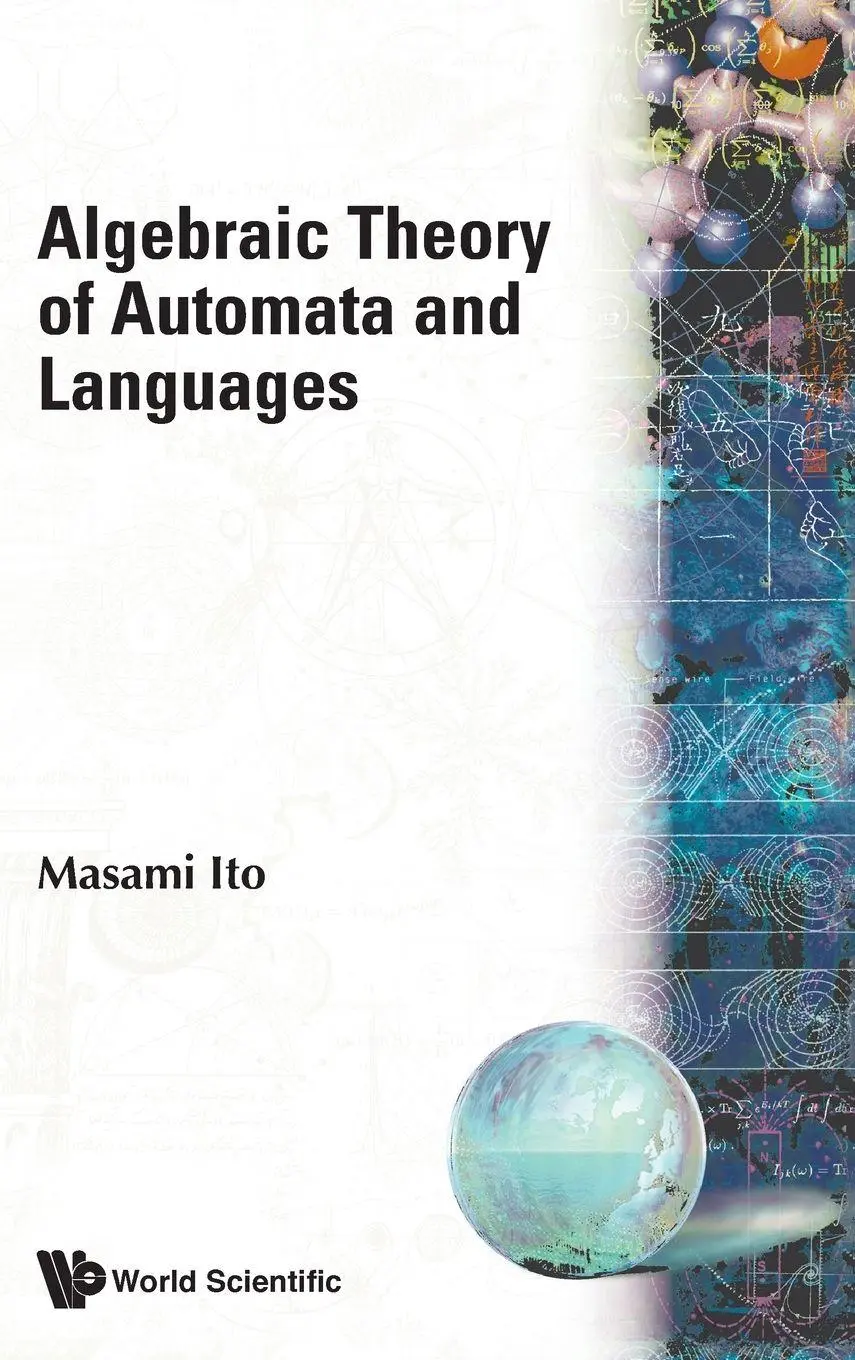Dekorationsartikel gehören nicht zum Leistungsumfang.
Sprache:
Englisch
72,25 €
Versandkostenfrei per Post / DHL
Lieferzeit 2-4 Werktage
Kategorien:
Beschreibung
Gauss created the theory of binary quadratic forms in "Disquisitiones Arithmeticae" and Kummer invented ideals and the theory of cyclotomic fields in his attempt to prove Fermat's Last Theorem. These were the starting points for the theory of algebraic numbers, developed in the classical papers of Dedekind, Dirichlet, Eisenstein, Hermite and many others. This theory, enriched with more recent contributions, is of basic importance in the study of diophantine equations and arithmetic algebraic geometry, including methods in cryptography. This book has a clear and thorough exposition of the classical theory of algebraic numbers, and contains a large number of exercises as well as worked out numerical examples. The Introduction is a recapitulation of results about principal ideal domains, unique factorization domains and commutative fields. Part One is devoted to residue classes and quadratic residues. In Part Two one finds the study of algebraic integers, ideals, units, class numbers, the theory of decomposition, inertia and ramification of ideals. Part Three is devoted to Kummer's theory of cyclomatic fields, and includes Bernoulli numbers and the proof of Fermat's Last Theorem for regular prime exponents. Finally, in Part Four, the emphasis is on analytical methods and it includes Dinchlet's Theorem on primes in arithmetic progressions, the theorem of Chebotarev and class number formulas. A careful study of this book will provide a solid background to the learning of more recent topics.
Gauss created the theory of binary quadratic forms in "Disquisitiones Arithmeticae" and Kummer invented ideals and the theory of cyclotomic fields in his attempt to prove Fermat's Last Theorem. These were the starting points for the theory of algebraic numbers, developed in the classical papers of Dedekind, Dirichlet, Eisenstein, Hermite and many others. This theory, enriched with more recent contributions, is of basic importance in the study of diophantine equations and arithmetic algebraic geometry, including methods in cryptography. This book has a clear and thorough exposition of the classical theory of algebraic numbers, and contains a large number of exercises as well as worked out numerical examples. The Introduction is a recapitulation of results about principal ideal domains, unique factorization domains and commutative fields. Part One is devoted to residue classes and quadratic residues. In Part Two one finds the study of algebraic integers, ideals, units, class numbers, the theory of decomposition, inertia and ramification of ideals. Part Three is devoted to Kummer's theory of cyclomatic fields, and includes Bernoulli numbers and the proof of Fermat's Last Theorem for regular prime exponents. Finally, in Part Four, the emphasis is on analytical methods and it includes Dinchlet's Theorem on primes in arithmetic progressions, the theorem of Chebotarev and class number formulas. A careful study of this book will provide a solid background to the learning of more recent topics.
Zusammenfassung
After a brief introduction reviewing the concepts of principal ideal domains and commutative fields, the book discusses residue classes (for example, the integers mog=dulo some number m); quadratic residues; algebraic integers (that is, objects that behave like integers in arbitrary algebraic structures), their discriminant; decomposition, norm, and classes of ideals; the ramification index; and the fundamental theorem of Abelian extensions. The theorems and definitions are carefully motivated, and the author frequently stops to explain how things fit together and what will come next. There are a great many exercises and many useful examples at a
Inhaltsverzeichnis
* Unique Factorization Domains, Ideals, Principal Ideal Domains * Commutative Fields * Residue Classes * Quadratic Residues * Algebraic Integers * Integral Basis, Discriminant * The Decomposition of Ideals * The Norm and Classes of Ideals * Estimates for the Discriminant * Units * Extension of Ideals * Algebraic Interlude * The Relative Trace, Norm, Discriminant and Different * The Decomposition of Prime Ideals in Galois Extensions * Complements and Miscellaneous Numerical Examples * Local Methods for Cyclotomic Fields * Bernoulli Numbers * Fermat's Last Theorem for Regular Prime Exponents * More on Cyclotomic Extensions * Characters and Gaussian Sums * Zeta-Functions and L-Series * The Dedekind Zeta- Function * Primes in Arithmetic Progressions * The Frobenius Automorphism and the Splitting of Prime Ideals * Class Number of Quadratic Fields * Class Number of Cyclotomic Fields * Miscellaneous Results about the Class Number of Cyclotomic Fields
Details
| Erscheinungsjahr: | 2010 |
|---|---|
| Fachbereich: | Arithmetik & Algebra |
| Genre: | Importe, Mathematik |
| Rubrik: | Naturwissenschaften & Technik |
| Medium: | Taschenbuch |
| Inhalt: |
xxiv
682 S. 9 s/w Illustr. |
| ISBN-13: | 9781441928702 |
| ISBN-10: | 1441928707 |
| Sprache: | Englisch |
| Einband: | Kartoniert / Broschiert |
| Autor: | Ribenboim, Paulo |
| Auflage: | Second Edition 2001 |
| Hersteller: |
Springer US
Springer New York Springer US, New York, N.Y. |
| Verantwortliche Person für die EU: | Springer Verlag GmbH, Tiergartenstr. 17, D-69121 Heidelberg, juergen.hartmann@springer.com |
| Maße: | 235 x 155 x 38 mm |
| Von/Mit: | Paulo Ribenboim |
| Erscheinungsdatum: | 03.12.2010 |
| Gewicht: | 1,054 kg |

